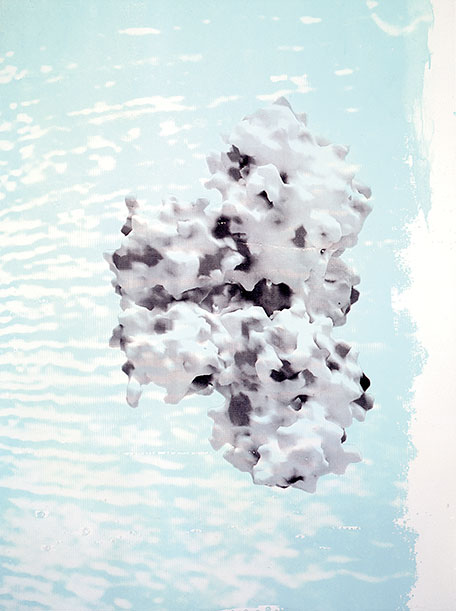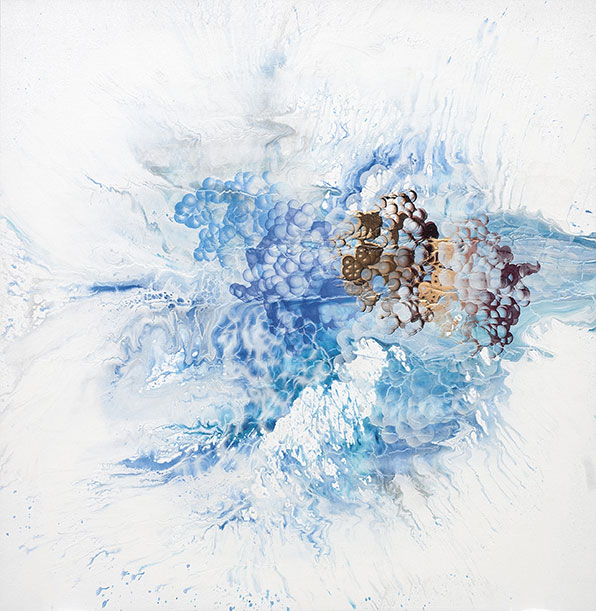For many of us, when we hear the words “art” and “science” in the same sentence, we immediately imagine two vastly different subjects. Our assumptions are correct in their terms, but there are more similarities between the two than we think. On one hand, art involves a lot of creativity and works with different materials such as paint or graphite, whereas science involves experiments and theories. However, today I wanted to explore the similarities between the thought and creative processes required in both fields, and I will also share an example where the two subjects are combined to create something unique.
Similar Aspects
One of the first places in history where I can see a link between art and science is within the works of Leonardo da Vinci. As you may already know, Leonardo da Vinci is recognized for his artwork and detailed notes about various inventions and research. This allows people to remember his legacy as an artist, inventor, and engineer. Throughout his work, you can see accuracy that can only be achieved by intensive research. Moreover, there are also artists, such as Marianne North, whose paintings of tropical plants assisted scientists with their research and even helped other people learn about the environment or the human body. Therefore, I think it is safe to say that both art and science require similar thought processes, such as being meticulous in order to achieve successful results whether that be painting a realistic scenery or conducting a new experiment. Additionally, both require an individual to think outside of the box to create new theories and artistic principles.
Beneficial to Each Other
Science involves exploring ideas and phenomena that are difficult to fathom and unknown. It involves discovery, and it is aided by formulas and technology. On the other hand, art involves people using creative expression to show how they see the world in a realistic or abstract sense. So where does the line between the two get blurred? As mentioned previously, one period in history when art and science became interconnected was during the Renaissance. During that time, humankind got amazing works of art accompanied by genius engineering. Aside from that, many well-known landmarks, such as the pyramids in Egypt, required a great deal of math and engineering to produce a structure that withstands different weather patterns and supports its weight. At the same time, they became renowned for their beauty and artistic value. A similar idea can be expressed with photography. The process of creating a camera, and understanding how it captures a photo is heavily scientific. But, the outcomes of photography are artistic and allow the person taking the photo to show how they see reality. Hence, I think it can be said that in many ways art and science are beneficial to each other.
An Unlikely Combination
When I initially started thinking about how science and art seem to connect, I wanted to find a modern-day example. Thus, I came across an article by Smithsonian Magazine that talks about how the work of a Nobel-Prize winning biochemist inspired an artist. Steve Miller incorporated some of Rod MacKinnon’s scientific work to create a series of paintings. Miller’s work used abstract imagery, whereas MacKinnon’s research was related to how potassium ions move across cell membranes. In the end, both combined to create a beautiful art piece that also represented something deeper about MacKinnon’s scientific work. Below are two art pieces by Miller that were inspired by MacKinnon’s research. The first is titled Flight School and the second one is Roam Free.
” The most beautiful thing we can experience is the mysterious. It is the source of all true art and science.” – Albert Einstein


